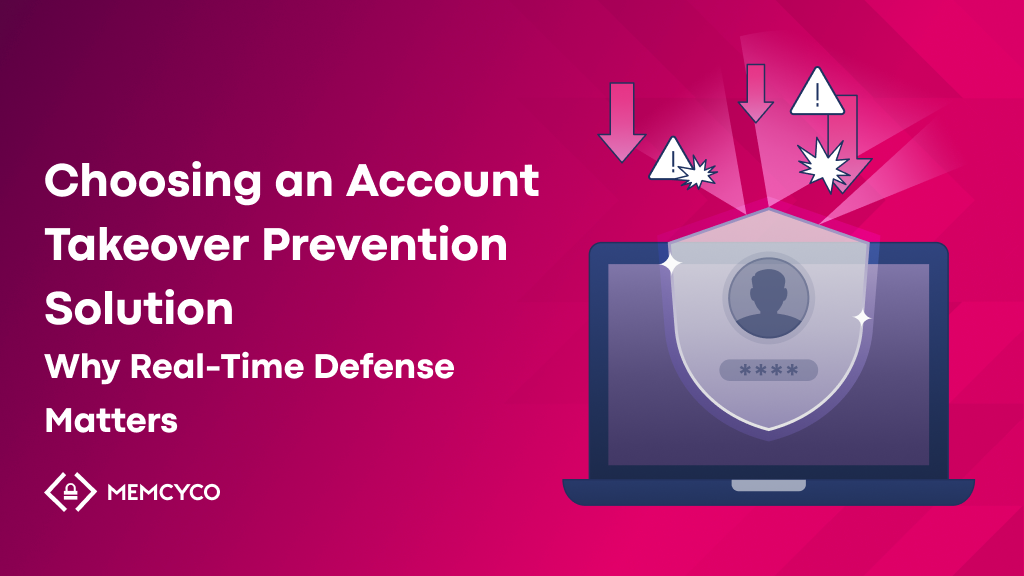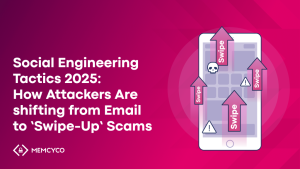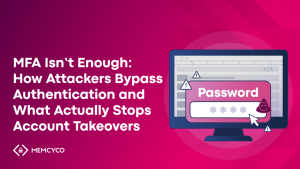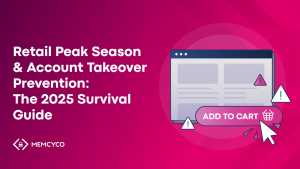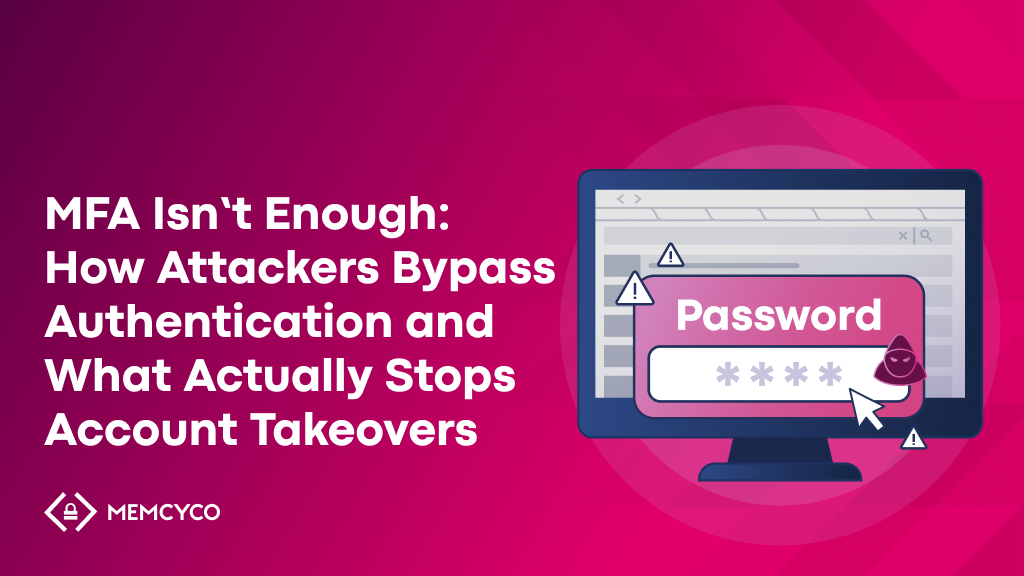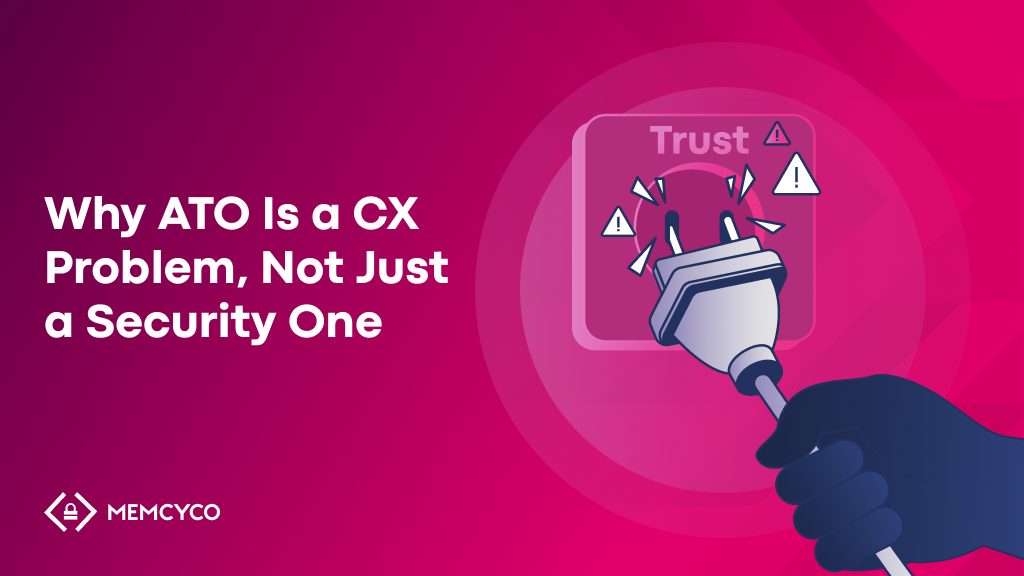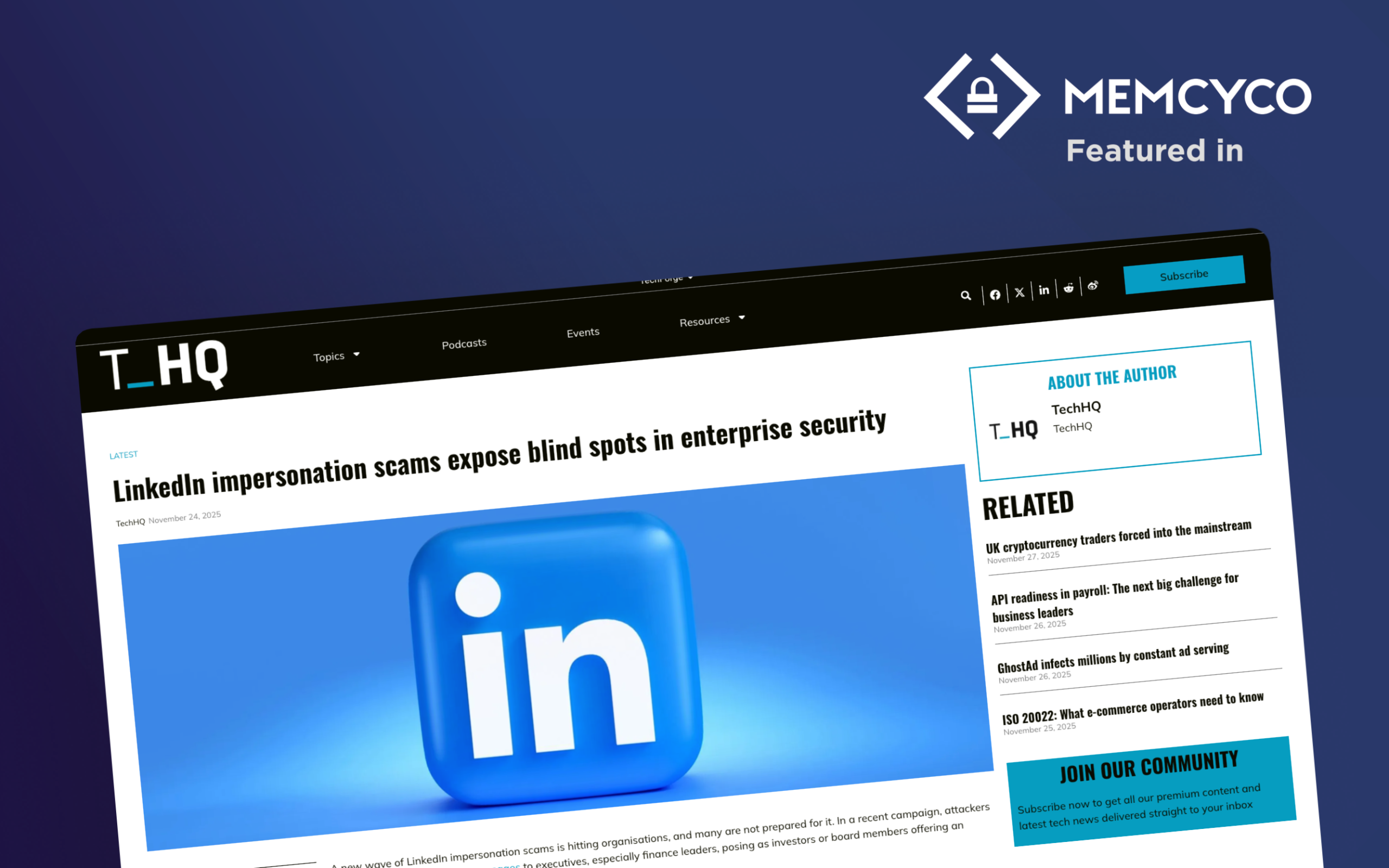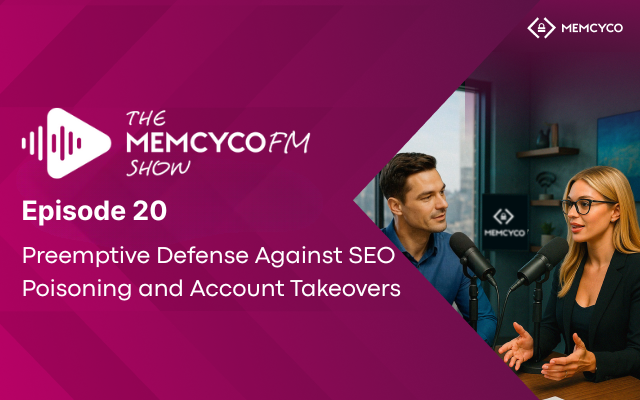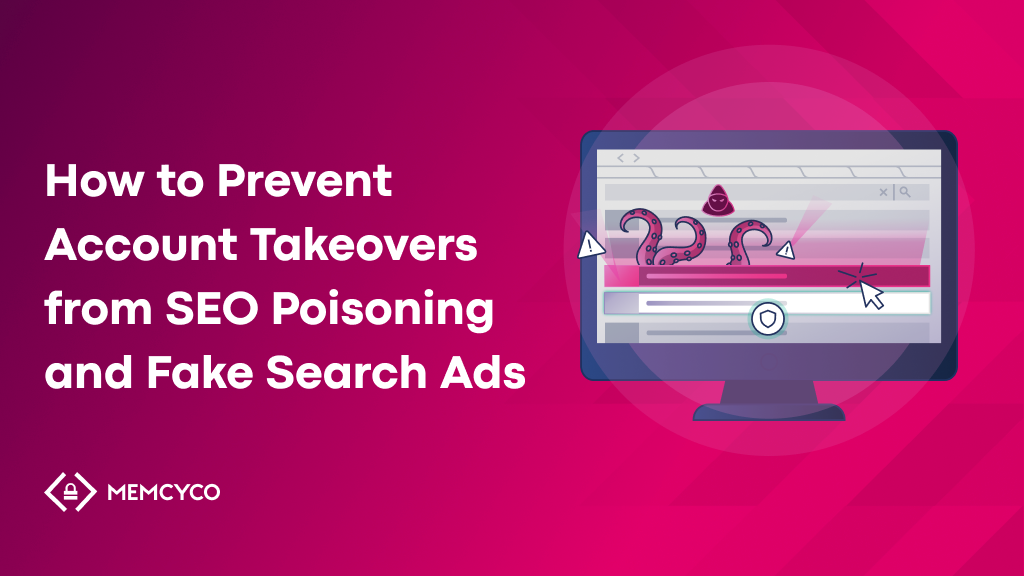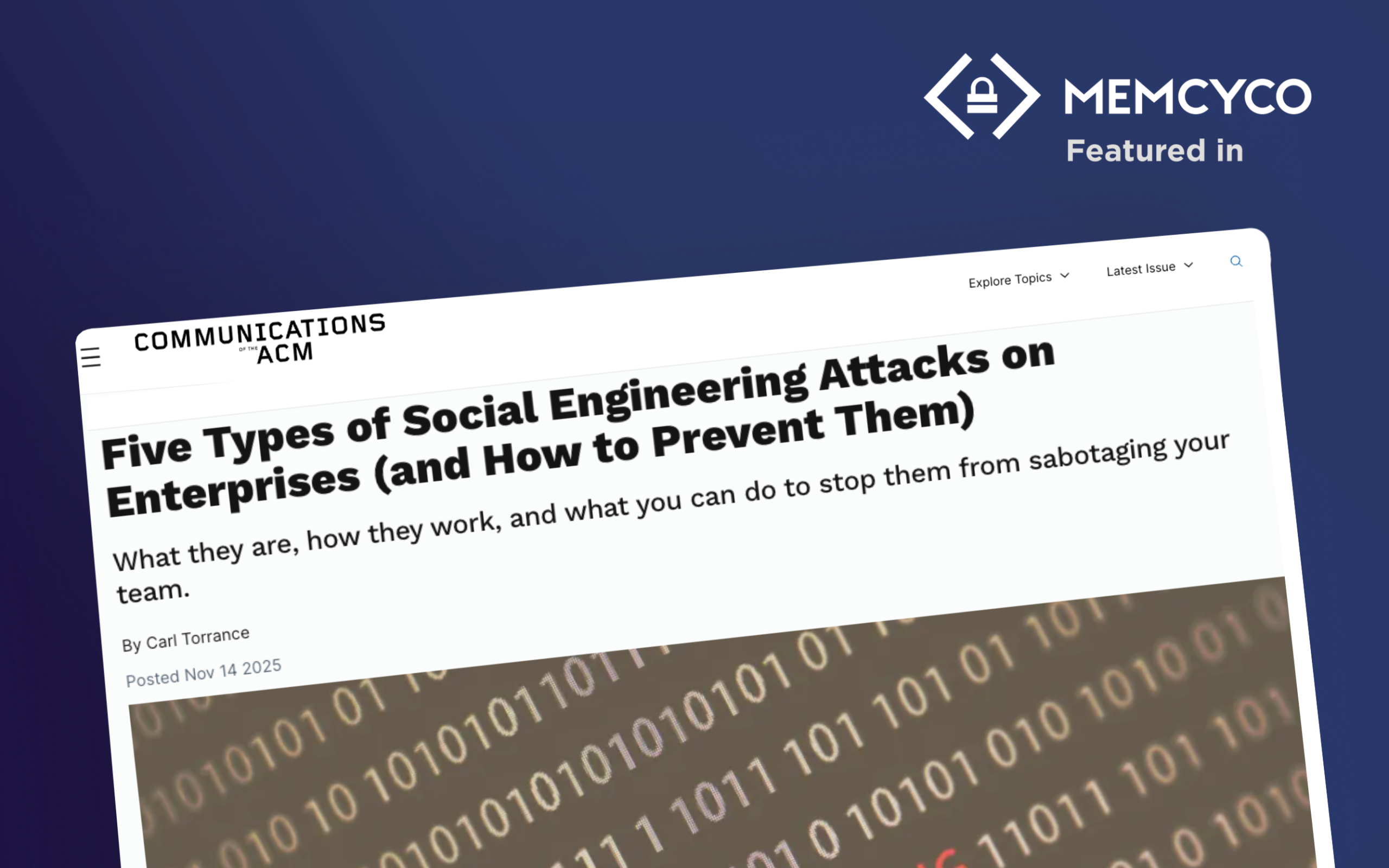Account takeover (ATO) fraud has become one of the fastest-growing threats for enterprises. No longer confined to banks, ATO now targets retailers, SaaS platforms, airlines, and any business that maintains digital accounts for customers.
The problem? Most enterprises are still relying on outdated defenses like domain takedowns, MFA, and dark web monitoring. By the time these tools kick in, fraudsters have already stolen customer credentials and inflicted brand damage.
So what really matters when evaluating an ATO prevention vendor? Here are the ten essentials every enterprise should weigh before making a decision.
What factors should enterprises consider when choosing an account takeover solution?
1. Real-time visibility into credential theft
Reactive monitoring is too little, too late. Enterprises need visibility at the point of harvesting, when fraudsters first steal credentials. Waiting until credentials show up on the dark web means attackers have already used them.
Look for solutions that surface compromised credentials in real time, before attackers can attempt logins.
See why this shift matters in real-time ATO prevention insights.
2. Preemptive blocking, not just alerts
Most tools today provide alerts after the fact. That is like an alarm telling you a thief has already left your house.
The right ATO solution should:
- Stop fraudulent sessions in progress.
- Detect and block Man-in-the-Middle activity.
- Deploy decoy credentials that expose attackers.
Learn why incremental tools like domain takedowns fail in what domain takedown services miss.
Companion Resource
Shortlisting vendors? Get the need-to-know
Download the Buyer’s Guide and learn what factors to evaluate for achieving rapid ROI, compliance readiness and long-term protection with minimal effort.
3. Defense against phishing and SEO poisoning
Phishing remains the number one entry point for ATO. Fraudsters are now pushing fake sites through QR codes (quishing), SMS (smishing), and SEO poisoning that ranks fake pages above your real ones.
An ATO solution should detect these fake domains in real time and protect customers even before takedown is possible.
4. Protection from Man-in-the-Middle attacks
As enterprises embraced MFA, attackers pivoted to Man-in-the-Middle techniques like DNS poisoning, proxy phishing, and browser malware.
Solutions must be able to spot adversary-in-the-browser behavior and terminate fraudulent sessions on the spot. See our guide: 6 ways to prevent Man-in-the-Middle attacks.
5. Safeguards against credential-stuffing campaigns
Stolen credentials are not used in isolation. Attackers weaponize them in mass credential stuffing campaigns, hammering login portals until they succeed.
ATO vendors should provide browser-level detection and preemptive blocking that prevents stolen credentials from ever being validated.
6. Minimal false positives
A solution that annoys customers with constant authentication prompts does more harm than good. Ask vendors for transparency on false positive rates, and test during proof-of-value trials.
See why relying on traditional anomaly detection leads to frustration in our guide on ATO detection steps.
7. Seamless integration and adoption
Any solution that requires customers to install apps or change devices will fail at scale.
The right ATO platform should:
- Integrate easily into existing systems.
- Run silently in the background.
- Minimize customer friction.
For examples, see how real-time fraud detection protects e-commerce shoppers.
8. Clear ROI and business case
ATO prevention must be framed in business terms. Enterprises should measure impact on:
- Incident handling time (hours saved).
- Reimbursement costs.
- Brand sentiment and churn.
A single bank using preemptive prevention saved $20 million annually through reduced incident handling [Memcyco research – insert source]. Explore a retail case study to see ROI in practice.
9. Compliance readiness
Regulations are tightening worldwide. In the UK, banks must reimburse victims. The EU’s Digital Operational Resilience Act (DORA) requires resilience, not just detection. APAC is drafting similar measures.
ATO solutions should demonstrate compliance-readiness out of the box.
10. Future-proofing against AI-driven fraud
Fraudsters are already using generative AI to scale phishing, create deepfake lures, and clone sites. Any solution you choose today must be able to adapt to AI-driven threats tomorrow.
Read more in our forward-looking guide to cybersecurity trends.
Final thoughts: Choosing wisely
Enterprises no longer have the luxury of incremental improvement. Choosing the wrong ATO vendor could mean millions in fraud losses, regulatory fines, and permanent brand damage.
Choosing wisely means prioritizing:
- Real-time, preemptive defenses.
- Low friction for customers.
- Quantifiable ROI.
